Art therapists believe that creativity is the birthright of every human being, and can serve as a
powerful agent of healing.
What is Art Therapy? Art Therapy is a form of psychotherapy that integrates creative arts with
talk therapy to foster physical, mental and emotional well-being for individuals of all ages. Art
making within a therapeutic relationship empowers us to make meaning of our experiences, to
externalize difficult feelings, and to engage with them safely over time.
“But I’m not an artist…” Art therapy typically adopts a process-oriented approach, requires no
previous art making experience, and is appropriate for people of all ages. There is no such thing
as a “wrong” mark, color, or shape. Although an art therapy session is different from an art class,
art therapists are trained in studio arts like painting, drawing, sculpture, collage, textile arts,
creative writing, mindfulness, and more. Your clinician is equipped to demonstrate techniques
and assist their client to learn new skills, increase a sense of mastery and comfort in exploring a
range of materials. These new feelings of confidence can translate to other areas of life.
What to expect? An art therapy session looks different for each person, and each time. Licensed
and board-certified art therapists are trained to respond to their clients’ evolving needs, help in
identifying client generated metaphors, personal imagery, and story, and offer art therapy
directives that support your unique, healing journey. Regular sessions are typically 50 minutes,
and materials are provided.
How does it work? Because trauma is held in the body, embodied or active modalities like the
expressive arts can serve as a catalyst for change. This change process can begin with making a
single mark on the page, a smudge of charcoal, or the first stroke of your paintbrush. Your work
can be a springboard to talk about difficult things, or it can speak for itself.
Each piece you create becomes your ally in healing, an external container for thoughts and
feelings, a way to gain perspective and distance, a timestamp, or documentation that you can
continue to revisit, engage with, or even alter over time. Benefits might include:
- The ability to better tolerate, manage and safely express difficult feelings such as distress,
anxiety, sadness, and anger. - Learning and practicing effective coping skills and techniques for stress reduction.
- Greater self-awareness and self-acceptance; gaining new perspective on past trauma.
- Ability to accept and adjust to life changes and transitions.
- Discovery or development of new, or deeper meaning in your life.
- A renewed capacity for positive feelings such as happiness, peace, contentment and
pleasure. - Improved interpersonal relationships.
What conditions does art therapy treat? By engaging our creativity, art making assists us to
make meaning of life altering events such as catastrophic illness, death and dying, grief, loss and trauma. Research suggests that art therapy can help with managing chronic pain, depression, and
promote changes in the brain that alleviate the effects of trauma.


